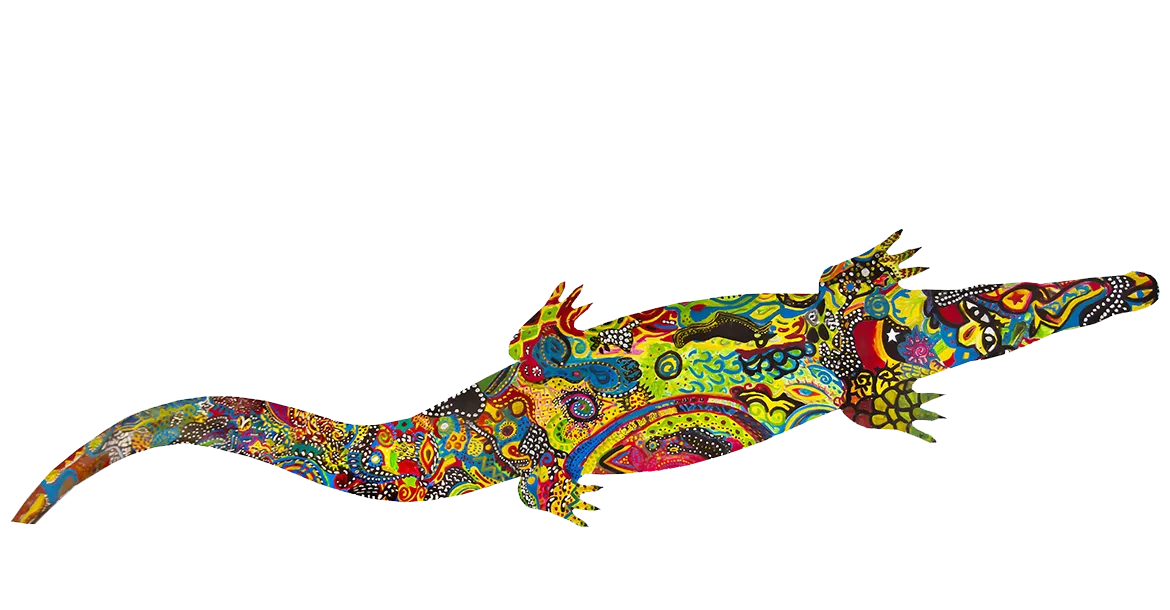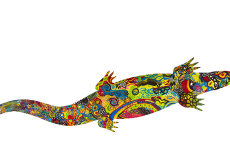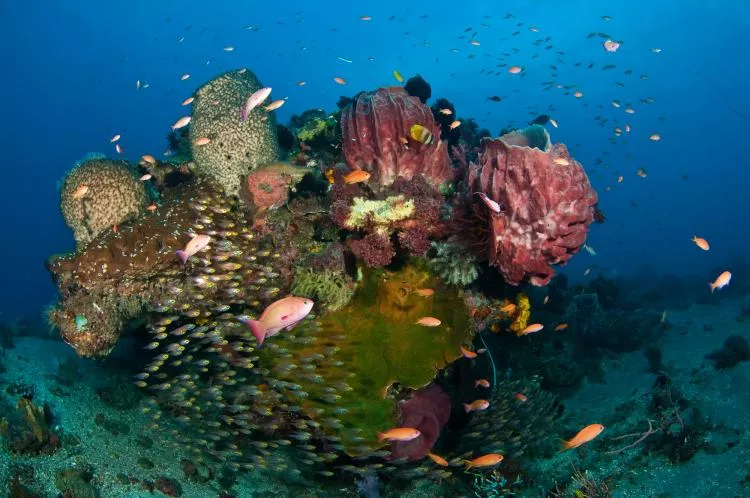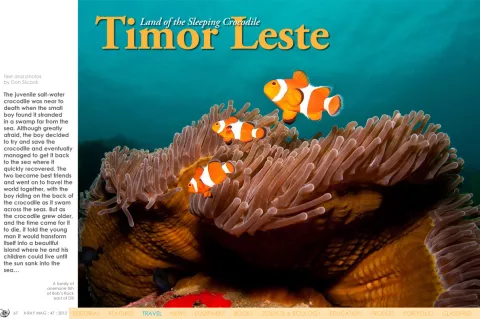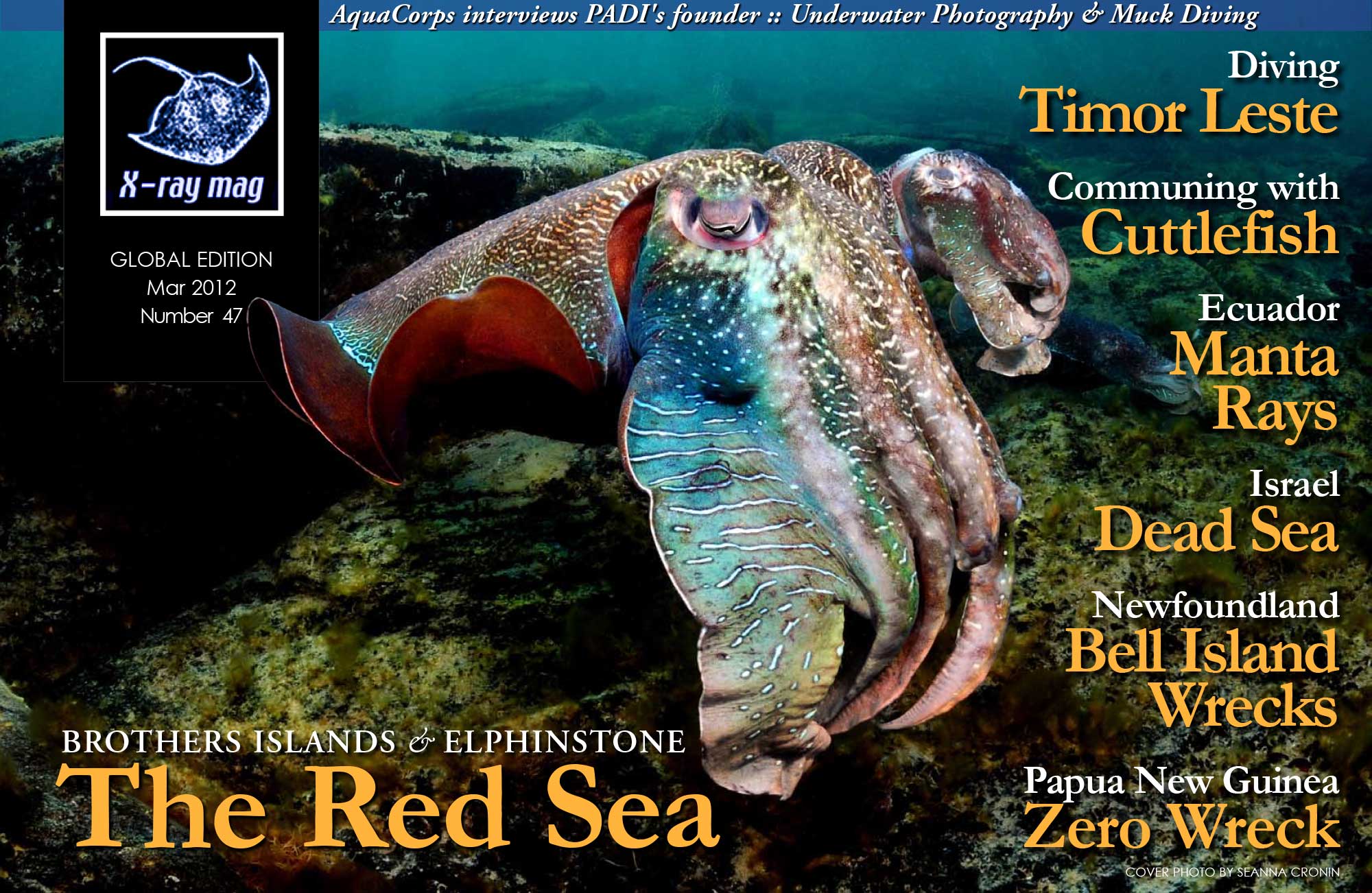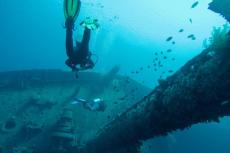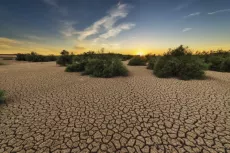The juvenile salt-water crocodile was near to death when the small boy found it stranded in a swamp far from the sea. Although greatly afraid, the boy decided to try and save the crocodile and eventually managed to get it back to the sea where it quickly recovered.
The two became best friends and went on to travel the world together, with the boy riding on the back of the crocodile as it swam across the seas.
Contributed by
But as the crocodile grew older, and the time came for it to die, it told the young man it would transform itself into a beautiful island where he and his children could live until the sun sank into the sea…
The tale of the boy and his cold-blooded friend is told often in Timor to explain the island’s crocodile-like shape and why the Timorese have a special affinity with the large reptile that is said to inhabit the creeks and pools along much of the south coast of the country.
A new country—twice
The island of Timor has a long history of colonial rule dating back to the early 16th century when the Portuguese and Dutch sailing ships first arrived in search of the source of the incredibly lucrative Spice Trade.
Divided into eastern and western halves by the Europeans, Dutch West Timor eventually became part of the new Republic of Indonesia in 1949 when the Dutch formerly withdrew from their East Indies colonies.
However, East Timor remained under Portuguese rule until 1975 when political turmoil and a military mounted coup d’état in Lisbon resulted in the Portuguese abruptly leaving and effectively abandoning the territory after 455 years of colonial rule.
Declaring itself independent on the 28 November 1975 as the Democratic Republic of East Timor, the country was invaded and annexed just nine days later by its large western neighbor Indonesia, and another 24 years of often brutal colonial rule was to follow.
The end of the Suharto era in Indonesia ultimately lead to self-determination and the newly independent Republic of Timor Leste finally joined the global community on the 20 May 2002.
Lead by the charismatic former guerilla leader Xanana Gusmao, and the urbane and articulate Nobel Peace Prize winner, Dr Ramos Horta, the country more commonly known by its anglicised name of East Timor remains one of the world’s poorest nations, but its large reserves of natural gas and oil promise a much brighter future.
Diving Timor Leste
A quick look at the map and a basic understanding of the Indonesian Throughflow is enough to tell you that just as North Sulawesi, Raja Ampat and the north-east coast of Bali flourish from their exposure to those nutrient rich waters, so does the north coast of Timor hold considerable promise.
To the north of Timor Leste are the remote islands of Alor and Wetar—the most easterly of the chain of islands called the Lesser Sundas, which form the southern boundary of the huge Indonesian archipelago.
Further north above Alor and Wetar are the deep basins of the Banda Sea, and as the rich waters of the Throughflow surge their way south and approach the Lesser Sunda shelf, upwellings are created that suck up the phosphorus and nitrogen-laden detritus of the sea so rich in nutrients.
The Ombai Strait between Alor, Wetar and Timor Leste is one of the three main passages for the Indonesian Throughflow through the Lesser Sunda islands, which means two things: big currents and the chance of some great diving!
Add to this mix the fact that recreational scuba diving simply did not exist in Timor Leste ten years ago, and the known dives sites are simply a fraction of what are still to be discovered.
Main diving locations
Currently the main diving locations in Timor Leste can be broken down into four areas: those in and around the capital of Dili; the coastal locations up to two hours’ drive to the east and west of Dili; the large island of Atauro to the north of Dili; and ....
(...)
Published in
- Log in to post comments

